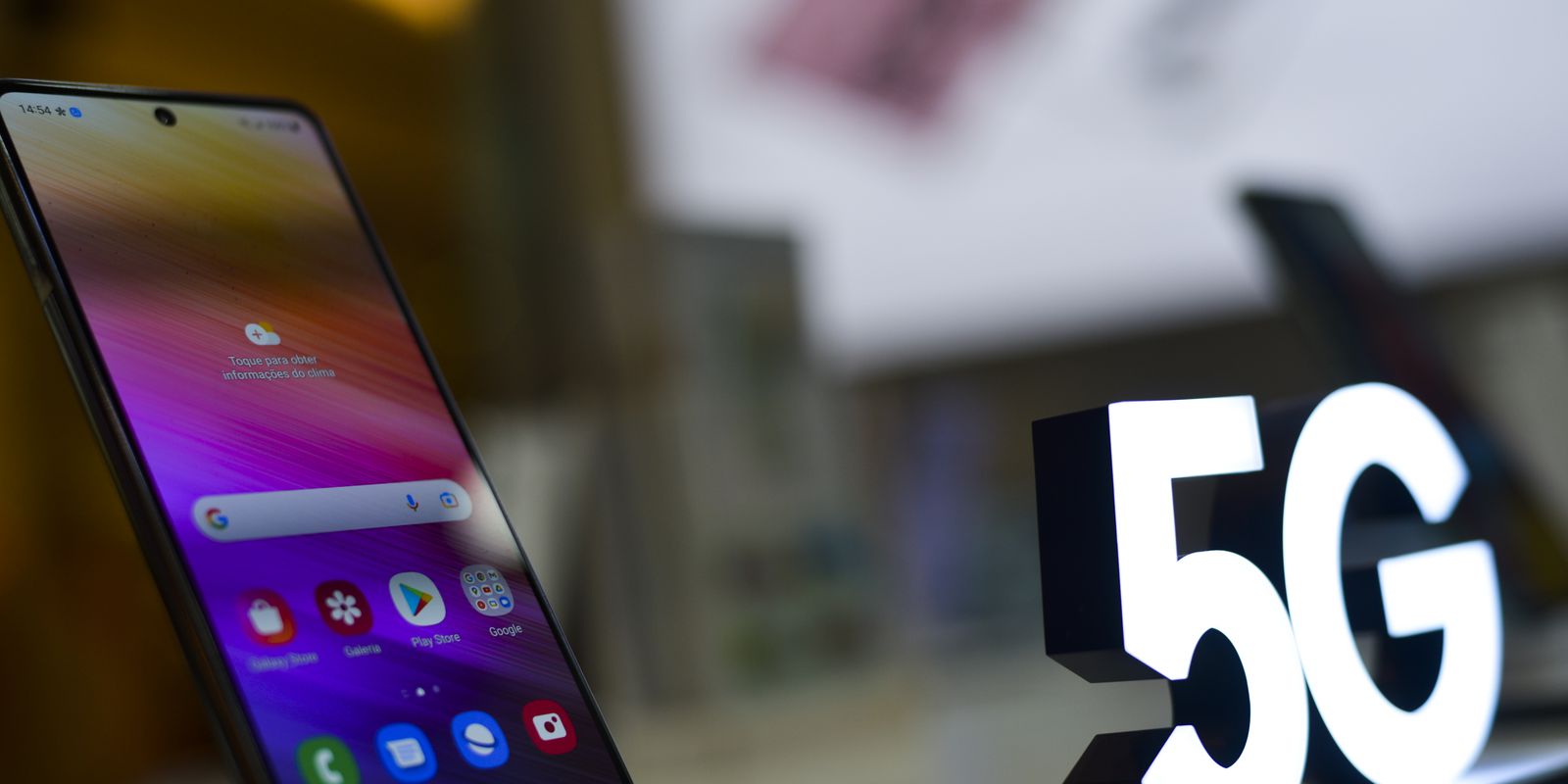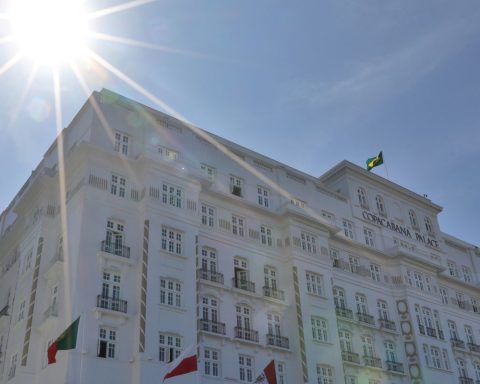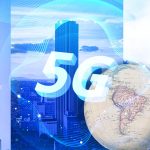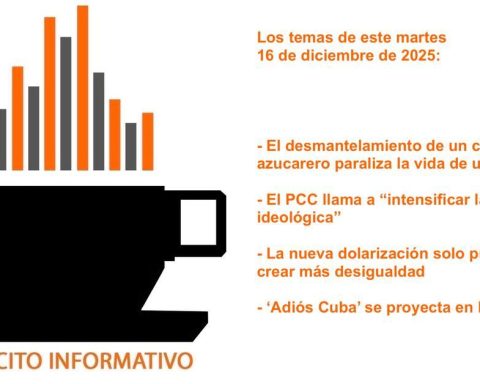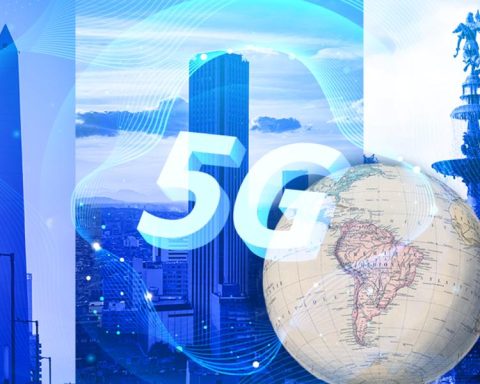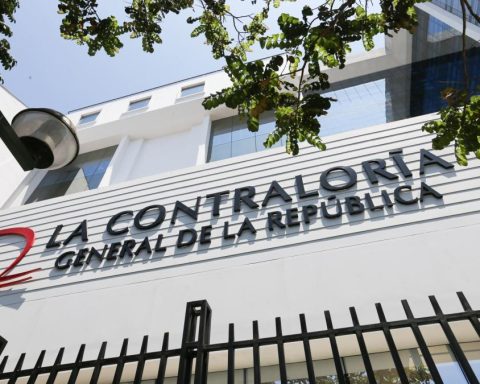Next Monday (19), seven more capitals will have the 3.5 gigahertz (GHz) band of 5G, also known as pure 5G. The National Telecommunications Agency (Anatel) released the launch in Aracaju, Boa Vista, Campo Grande, Cuiabá, Maceió, São Luís and Teresina.
The decision was approved at a meeting of the Monitoring Group for the Implementation of Solutions for Interference Problems in the 3.5 GHz band (Gaispi), led by Anatel. With the decision, 22 capitals will have access to pure 5G. Only five capitals in the North Region still do not have the technology: Porto Velho, Rio Branco, Macapá, Manaus and Belém.
Anatel’s official schedule foresees the activation of pure 5G in all capitals until November 27th. The date, however, may be brought forward if operators are able to complete the installation of antennas and filters before that deadline, and Gaispi authorizes the release of the signal.
parameters
According to Anatel, operators Claro, TIM and Vivo, which won the national licenses in the 3.5 GHz band in the auction held at the end of 2021, must install a minimum number of 5G antennas in each capital. Each operator must activate at least eight stations in Aracaju, five in Boa Vista, 11 in Campo Grande, eight in Cuiabá, 13 in Maceió, 14 in São Luís and 11 in Teresina.
At this stage, the bidding notice provides for the activation of one 5G antenna for every 100,000 inhabitants. The number of stations will increase as technology advances. In the interior of the country, the pure 5G signal will be gradually activated until 2029, according to Anatel’s schedule.
Called standalone or SA, pure 5G offers ten times faster speed than 4G, in addition to lower latency (delay) in responding to user commands. The technology is already offered in 15 capitals: Brasília, Belo Horizonte, João Pessoa, Porto Alegre, São Paulo, Curitiba, Salvador, Goiânia, Rio de Janeiro, Palmas, Vitória, Florianópolis, Recife, Fortaleza and Natal.
adjournments
Initially, 5G was supposed to be available in all capitals by July 31. Anatel, however, postponed the schedule twice, because of the delay in the delivery of filters that prevent 5G from interfering with professional satellite services. The logistical bottlenecks after the covid-19 pandemic and the policy of lockdowns from the Chinese government postponed the delivery of equipment, imported mostly from the Asian country.
To have access to pure 5G mobile internet, the user needs to have a mobile phone enabled for the technology. Most newer devices are already enabled. Operators are not asking for the exchange of chip. You also need to be in the neighborhoods covered by the 5G signal, which is initially working in areas chosen by the phone companies.
